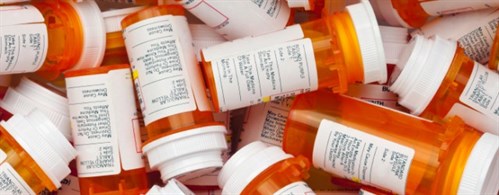Opioid dependency is a big problem, but prescribing analgesia to patients who need them are not the cause
Regulatory efforts in US will fail unless they acknowledge that the problem is actually driven by illicit, not medical, drug use and cracking down on highly effective pain medications will make patients suffer for no good reason.
23 May 2016Both the FDA and the CDC have recently taken steps to address an epidemic of opioid overdose and addiction, which is now killing some 29,000 Americans each year. But these regulatory efforts will fail unless we acknowledge that the problem is actually driven by illicit—not medical—drug use.
You’ve probably read that 80 percent of heroin users started with prescription medications—and you may have seen billboards that compare giving pain medication to children to giving them heroin. You have probably also heard and seen media stories of people with addiction who blame their problem on medical use.
But the simple reality is this: According to the large, annually repeated and representative National Survey on Drug Use and Health, 75 percent of all opioid misuse starts with people using medication that wasn’t prescribed for them—obtained from a friend, family member or dealer.

And 90 percent of all addictions—no matter what the drug—start in the adolescent and young adult years. Typically, young people who misuse prescription opioids are heavy users of alcohol and other drugs. This type of drug use, not medical treatment with opioids, is by far the greatest risk factor for opioid addiction, according to a study by Richard Miech of the University of Michigan and his colleagues. For this research, the authors analyzed data from the nationally representative Monitoring the Future survey, which includes thousands of students.
While medical use of opioids among students who were strongly opposed to alcohol and other drugs did raise later risk for misuse, the overall risk for this group remained small and their actual misuse occurred less than five times a year. In other words, it wasn’t actually addiction. Given that these teens had generally rejected experimenting with drugs, an increased risk of misuse associated with medical care makes sense since they’d otherwise have no source of exposure.
But for the majority of students, who weren’t morally opposed to recreational chemicals, medical use made no difference. Here, heavy recreational drug use was what mattered, and that was probably a sign that this group was was at highest risk of addiction in the first place.
Click here to read the full article
Doctors can lead the way to healthier drug policies – join IDHDP now
Share this on: